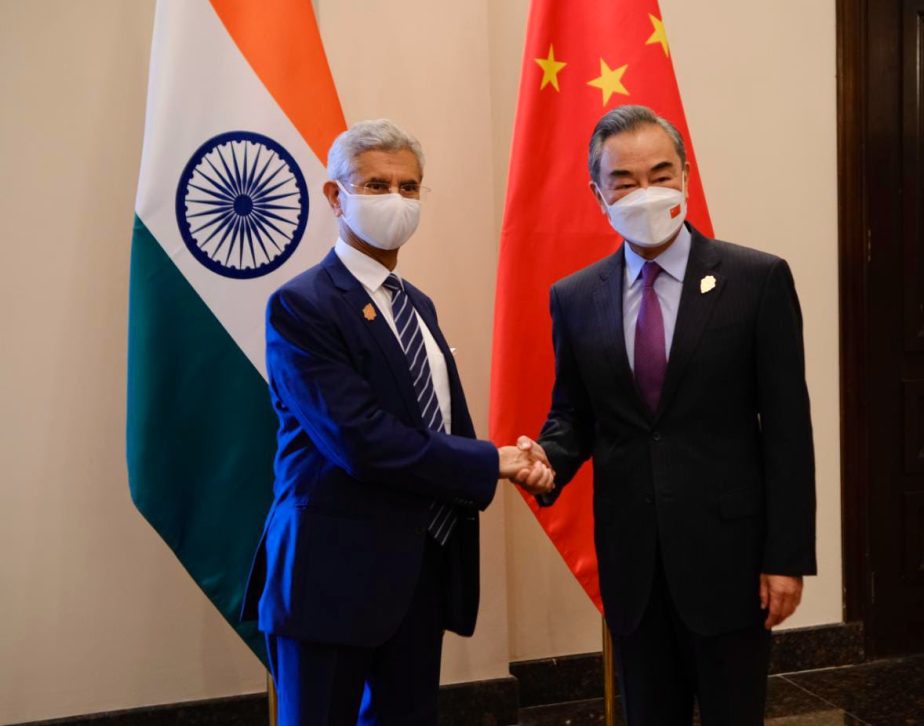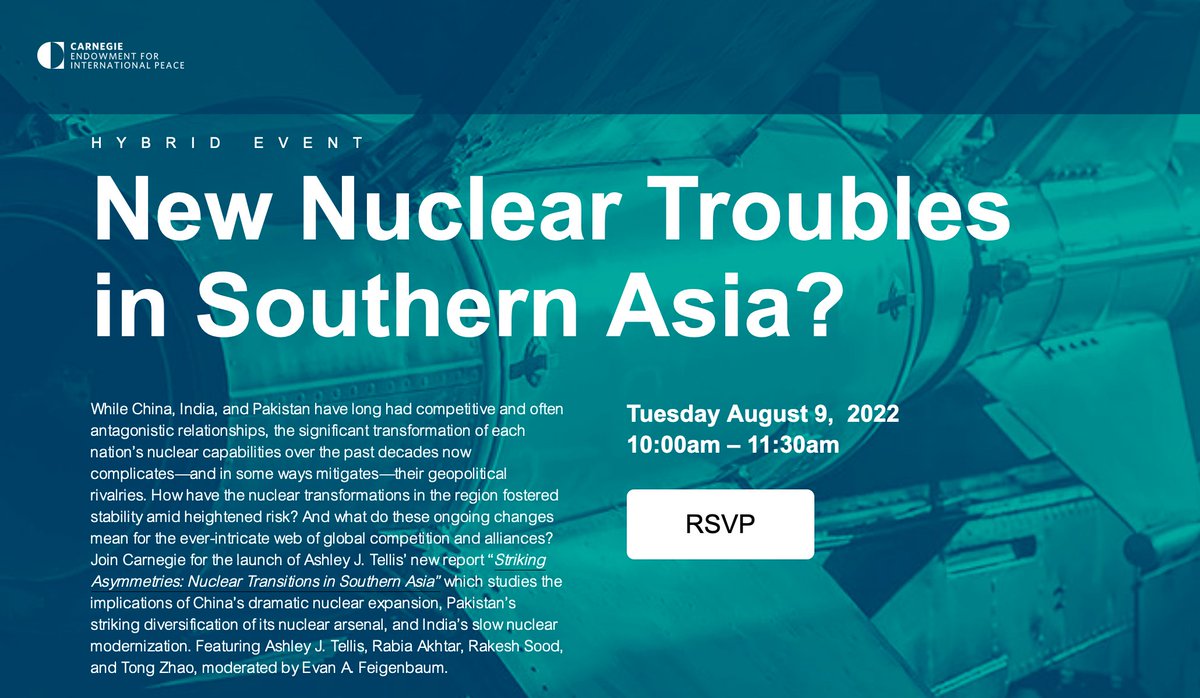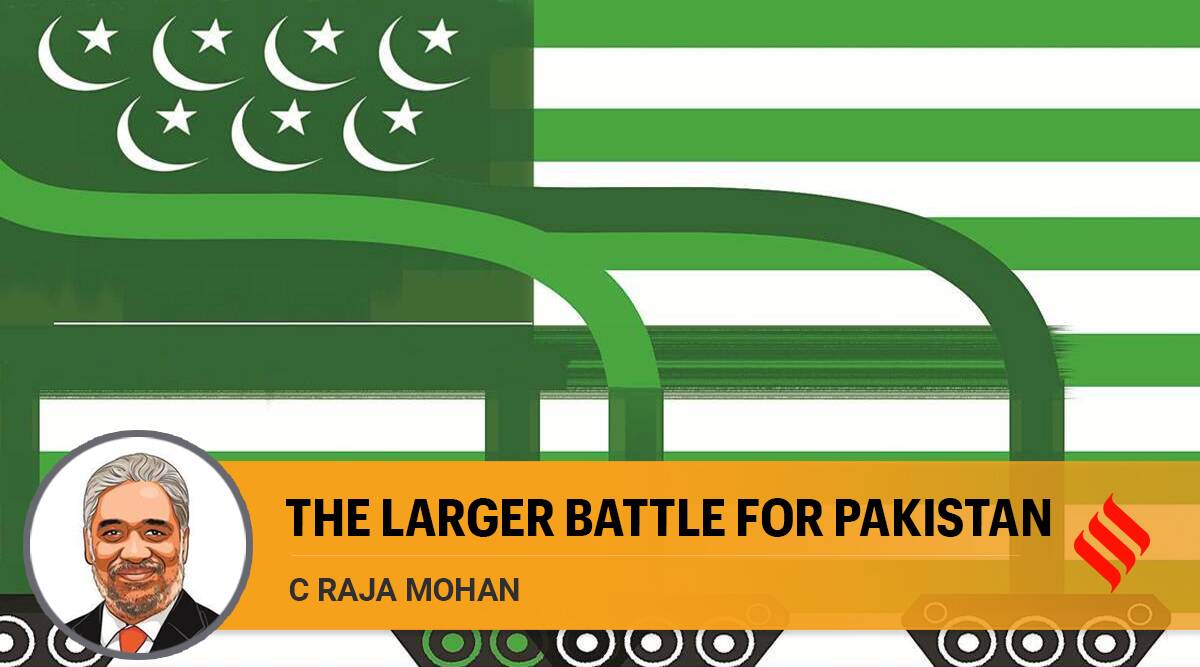China-India Relations: 2 Years After Galwan Clas
THE DIPLOMAT
APLN member Rajeswari Pillai Rajagopalan wrote for the Diplomat on the prevailing tension on the China-India border is a symptom of the broader strategic competition between the two Asian neighbors. Read the full article here.
June 15 marked the second anniversary of the China-India clash in Galwan, a remote area in Ladakh along the Sino-Indian border. Two years after the clash, which resulted in the death of 20 Indian army personnel and at least four Chinese soldiers, tensions along the border remain real and the future course of bilateral relations is uncertain, at best. The two sides have continued to hold talks, both through diplomatic and military channels, but a resolution to the stand-off and the disengagement of forces does not appear likely in the near future. There has been no breakthrough in reaching a mutually agreeable arrangement for disengagement of troops at several points across the Line of Actual Control (LAC), including Patrol Point 15 near Kongka La, Depsang Bulge in Daulet Beg Oldi sector, and Charding Nullah Junction (CNJ) in Demchok.
There have been 15 rounds of talks between the two militaries at the corps commander level. These talks have been partially successful in disengaging the forces, but that there are around 60,000 troops on each side of the border is a testament to the absence of genuine progress over the past two years. The prevailing tension on the border is a symptom of the broader strategic competition between the two Asian neighbors.
Interestingly, China thought it appropriate to host the BRICS National Security Advisors (NSA) meeting on the day of the second anniversary of the Galwan conflict. Surprisingly, despite the anniversary, the Indian NSA attended the meeting without reservations, emphasizing counterterrorism cooperation. India is unlikely to get much satisfaction on this because China has once again blocked a joint India-U.S. proposal in the United Nations to list Pakistan-based terrorist Abdul Rehman Makki as a global terrorist under the U.N. Security Council’s ISIL (Da’esh) and Al-Qaida Sanctions Committee.
Commenting on the BRICS NSA meeting, a Chinese foreign ministry spokesperson noted that the world is going through “profound changes in the international landscape interwoven with a pandemic unseen in a century,” leading to “a new phase of turbulence and transformation,” and that China will work with the BRICS countries to “further consolidate political mutual trust, deepen political and security cooperation, uphold the five countries’ security and development interests, and contribute to world peace and stability.” Whether India agrees with these sentiments is unclear, because New Delhi does not appear to be on the same page as Russia and China on the momentous changes taking place in international affairs. Considering these differences, how BRICS — which includes Brazil, Russia, India, China, and South Africa — would deepen political and security cooperation remains to be seen. On the other hand, BRICS has always been something of a talk shop rather than a serious organization, and this might be normal diplomatic verbiage without much substance.
There was also a border security meeting of the Shanghai Cooperation Organization (SCO) countries, which included China, India, Russia, Pakistan, and the Central Asian countries (except Turkmenistan). The SCO border security meeting was organized by India’s Border Security Force (BSF), which hosted the 21st meeting of the Experts Group and the eighth meeting of the Heads of Border Authorities of the Competent Bodies of the SCO member countries in New Delhi.
Despite these signs of some diplomatic normalcy, there are also contradictory signs indicating India and China moving away from each other. Immediately after the clashes, India leaned toward the Quad — a grouping of the United States, Australia, Japan, and India — with multiple summit meetings and other engagements. Until that point, India was unwilling to refer to the Quad as the Quad, instead using the cumbersome India-Australia-Japan-United States grouping. Since then, India has been at least willing to use “Quad” in formal statements. India also expanded the Malabar naval exercises to include Australia, which New Delhi had resisted for many years because of concerns about China’s reactions. In addition, India has strengthened its relations not only with the Quad countries but also with European powers such as France.
However, it should also be noted that, while still a member of the Quad initiative, India appears to be downplaying its security aspect, focusing on other elements of Quad cooperation such as vaccine distribution, critical and emerging technologies, and climate change. Indeed, the name of the group itself appears to have changed from the Quadrilateral Security Dialogue to simply the Quad. It is unclear if this de-securitization of the Quad is because of India’s discomfort, but considering that the other three members are security partners, this would a reasonable guess. This de-securitization, as other analysts have pointed out, is unfortunate and potentially problematic.
Similarly, China also appears to be moving closer to Russia, creating a partnership of autocracies, to target the United States and its partners, like India. In February, during Russian President Vladimir Putin’s visit to Beijing, Russia and China signed a 99-paragraph joint statement that reflected their common position and a shared vision on a number of regional and global issues. The joint statement said that their partnership “has no limits” and that “there are no forbidden areas of cooperation.” The meeting between Xi Jinping and Putin sent the message that there cannot be any major disagreement between the two in the immediate timeframe. On the Ukraine conflict, though China initially took a more neutral stance, it now appears to have moved somewhat closer to Russia, with Xinhua reporting that “China is willing to, together with Russia, continue to support each other on issues concerning core interests and major concerns such as sovereignty and security.”
For the last two years, India has insisted that there will be no normalization of relations with China unless the current border issues are resolved. China has suggested instead that the two sides set aside the border issue and move ahead on other aspects of their relationship. Although the troops remain at the border, India appears to be slowly moving toward a de facto normalization with increasing multilateral diplomatic exchanges involving China. That probably counts as a small victory for China.
Image Credit: AP Photo




